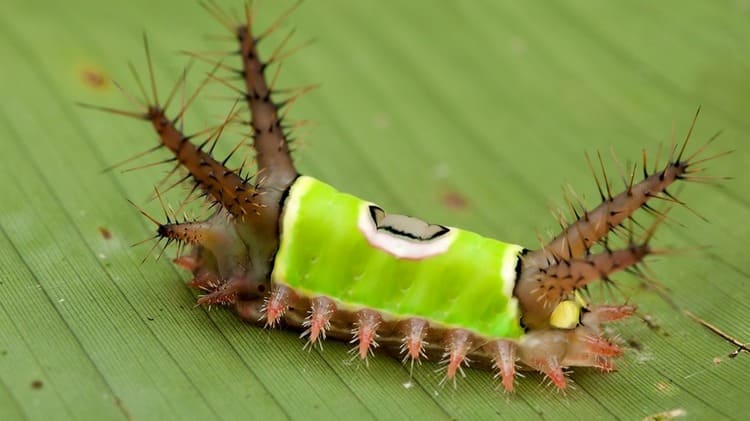
Insects inhabit nearly every corner of our planet. They are the most numerous creatures in the animal kingdom — yet many of them pose serious threats to humans. Some carry deadly toxins, while others spread dangerous diseases.Wondering which insects are the most venomous on Earth? Here are ten of t...
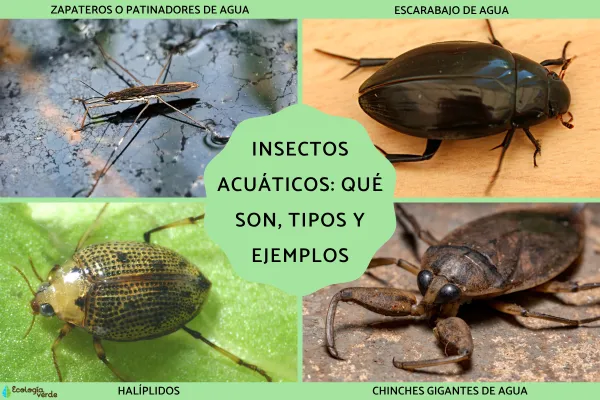
Aquatic insects are invertebrate arthropods that live primarily in freshwater habitats. More than 76,000 aquatic insect species are known. Representative examples include the great silver water beetle (Hydrophilus piceus), diving beetles (Dytiscidae), haliplids (Haliplidae), and hygrobiids (Hygrobii...
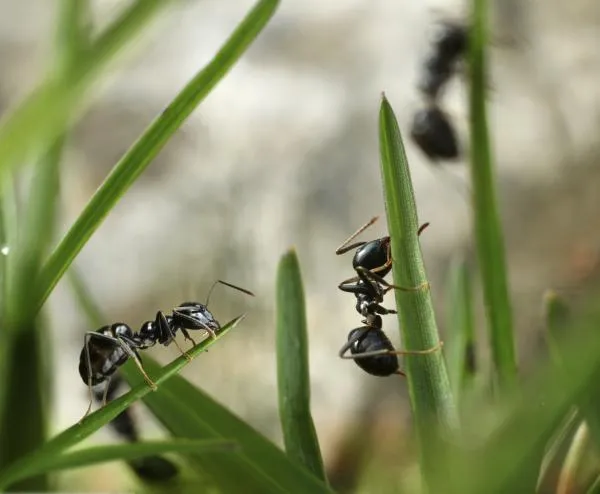
Insects are one of the most diverse groups of animals on Earth. They belong to the phylum Arthropoda and the subphylum Hexapoda. Thanks to their unique morphology and strong adaptability, insects have managed to thrive in almost every ecosystem on the planet. In fact, more than half of all known liv...
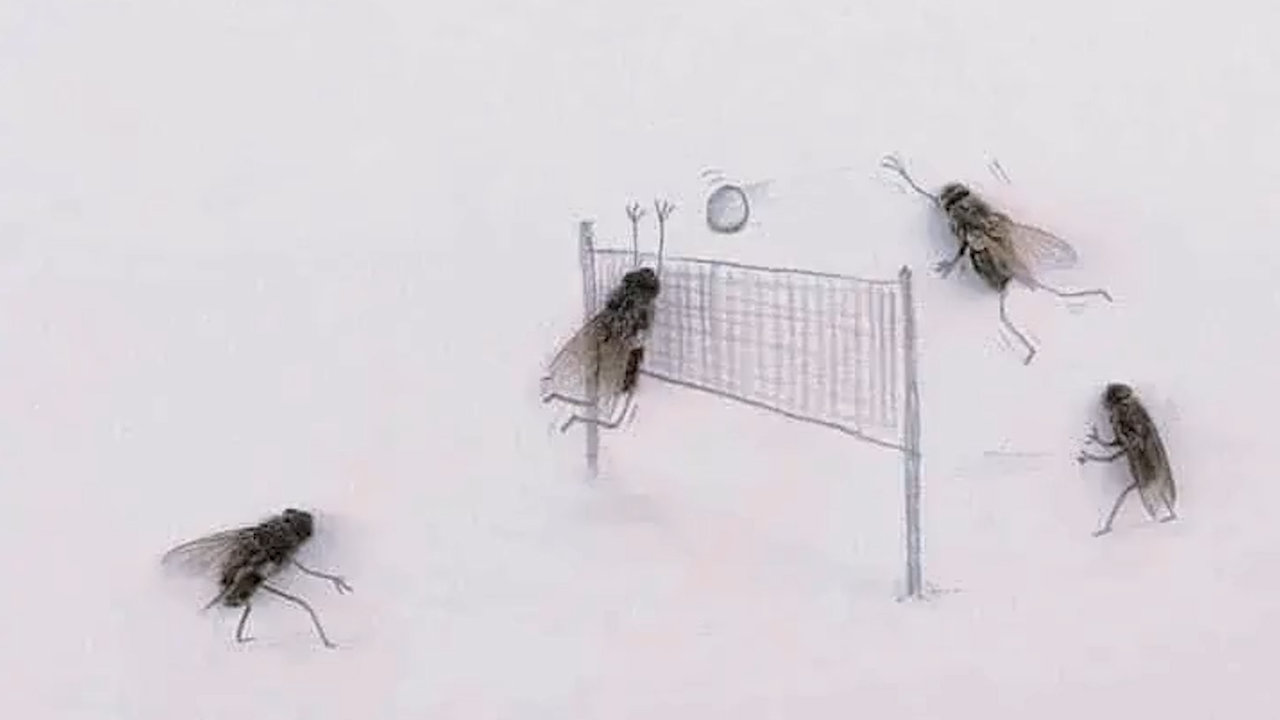
Flies (Diptera: Muscidae) are widely distributed insects that are commonly found in human living environments. They are often considered pests because they frequently appear on garbage dumps, decaying organic matter, and animal excrement, and can spread diseases. However, flies also play some positi...
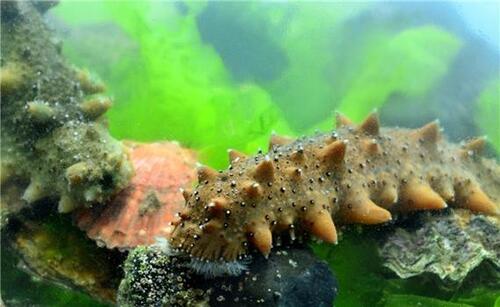
Cloacal respiration is not limited to land-based animals. Several marine and freshwater creatures have also evolved this method to cope with low oxygen levels in aquatic environments.1. Sea Cucumbers (Class Holothuroidea)Habitat: Ocean floors worldwideBreathing Mechanism: Sea cucumbers, slow-moving...

Beneficial insects and pests are two types of insects commonly found in agriculture and ecosystems, and they have an important impact on plants, crops and ecosystems. Here is a detailed introduction to beneficial insects and pests: beneficial insects bee: Bees ar...

Beneficial insects refer to insects that are beneficial to human agriculture, forestry and horticulture. They have a positive effect on plants, crops and ecosystems. Here are some common beneficial insects: Bees: Bees are important pollinators, helping crops reproduce by collecting...
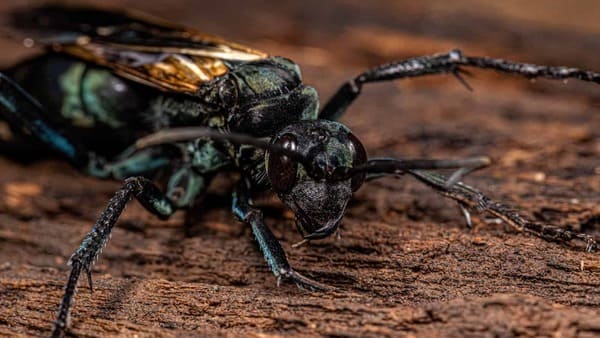
Some of the most threatening insects in the world, and many people often underestimate their danger. In fact, many insects, despite their small size, are extremely toxic and can even cause serious illness and fatal injuries to humans. In this article, we will take stock of the ten most terrif...
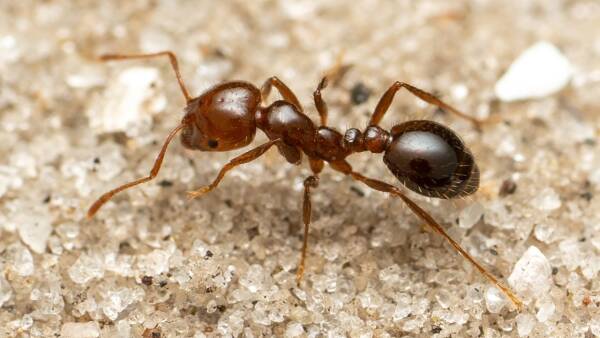
Success is staying passionate despite failure over and over again. Although this aphorism has been attributed to Winston Churchill (although perhaps erroneously), it also has deep resonance across the biological world. These creatures have overcome disease, starvation, predation, and human in...
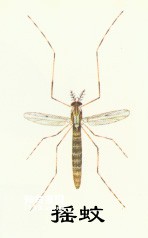
[Economic Significance] Diptera includes flies, mosquitoes, gnats, midges and flies, with only one pair of developed forewings. Their living habits vary widely and they are extremely adaptable. Some species are important pests or beneficial insects in agricultural and forestry production, and...
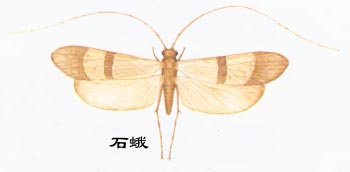
[Economic significance] The adults of Trichoptera are called caddisflies, and the larvae are called caddis flies. Caddisfly larvae live in lakes and streams, preferring colder and non-polluted waters. Their ecological adaptability is relatively weak, and they are a better indicator insect for...

This order is usually called booklice, because some species often live in books, and some live in grains. They are more commonly found among plants, under the bark of trees, on lichens and on old wood. [Identification points] Body length 1-10 mm. They are weak and come in...
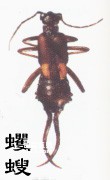
Insects of this order are not closely related to humans. A few species harm flowers, stored grains, stored fruits, silkworms and fresh insect specimens. Some species are ectoparasites of bats and mice. Leatheroptera generally like to be active at night and often hide under soil, rocks, dead b...
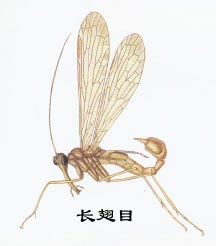
Mecopteran insects are generally called scorpion flies. There are about 500 species known in the world, with more species in the northern hemisphere. Most occur in forests, canyons or areas with dense vegetation. They are small in number and not common. They mostly feed on dead soft-bodied in...

[Economic Significance] Isoptera is a type of social insect with gregarious nesting habits and complex hierarchical differentiation. Because of its interesting habits and outstanding economic significance, it has attracted people's attention very early. Termites are the enemy of agriculture,...
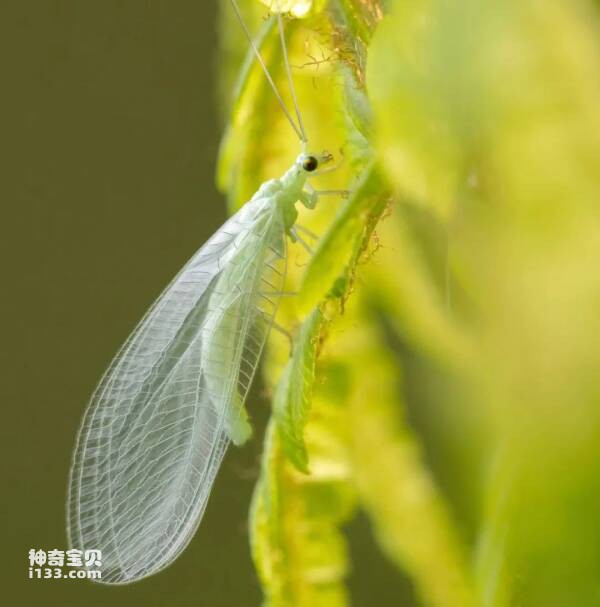
[Economic Significance] Neuroptera includes lacewings, ant flies, mantises, mealy flies, water flies, etc. Adults and larvae are mostly terrestrial and are predatory, preying on soft bodies such as aphids, ants, spider mites, and scale insects. Insects and various insect eggs are of great sig...

Commonly known as mud flies and fish flies, there are less than 300 known species in the world. They are mostly found near streams or other cool, moist environments, feeding on nectar and soft-bodied insects. The larvae are aquatic, found in lakes and streams, and prey on small aquatic animal...
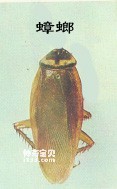
[Economic significance] Commonly known as cockroach. Some species live indoors and are good at running around, feeding and contaminating food, clothing and daily utensils, leaving behind unpleasant odors and spreading diseases and parasites. They are global health pests. Some types are tradit...

[Economic significance] Commonly known as stonefly. Most adult insects do not feed, but a few species can harm crops and fruit trees. Larvae mostly live in well-ventilated waters and feed on mosquito larvae, small animals, plant fragments, algae, etc. in the water. They play a certain role in...
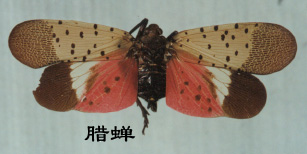
[Economic Significance] Homoptera includes cicadas, foamhoppers, leafhoppers, treehoppers, waxhoppers, planthoppers, psyllids, whiteflies, aphids and scale insects. It is a larger group in the Insecta class with large morphological changes. , with piercing and sucking mouthparts, and the text...